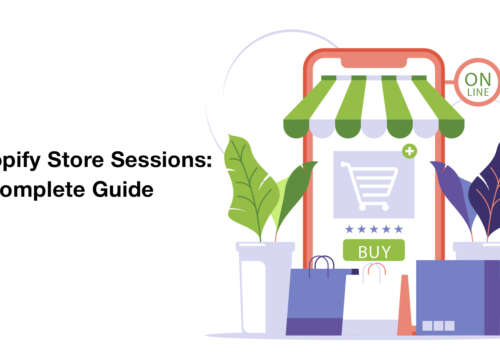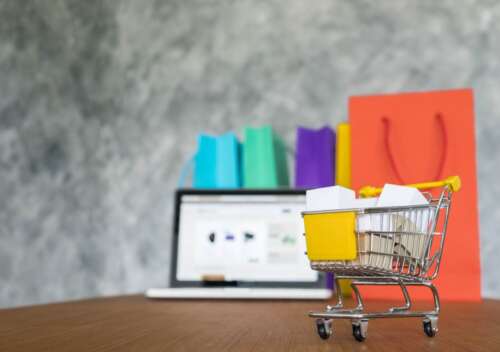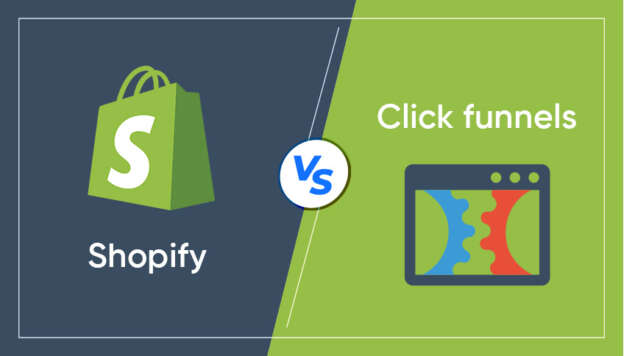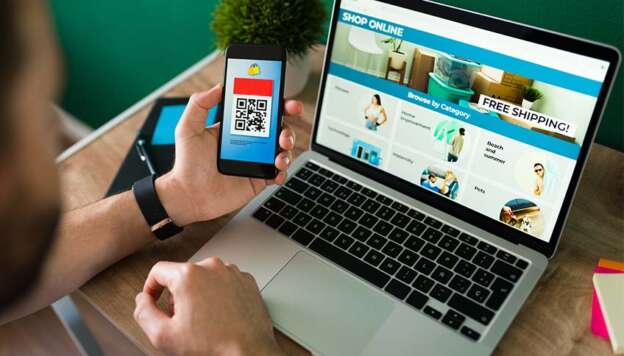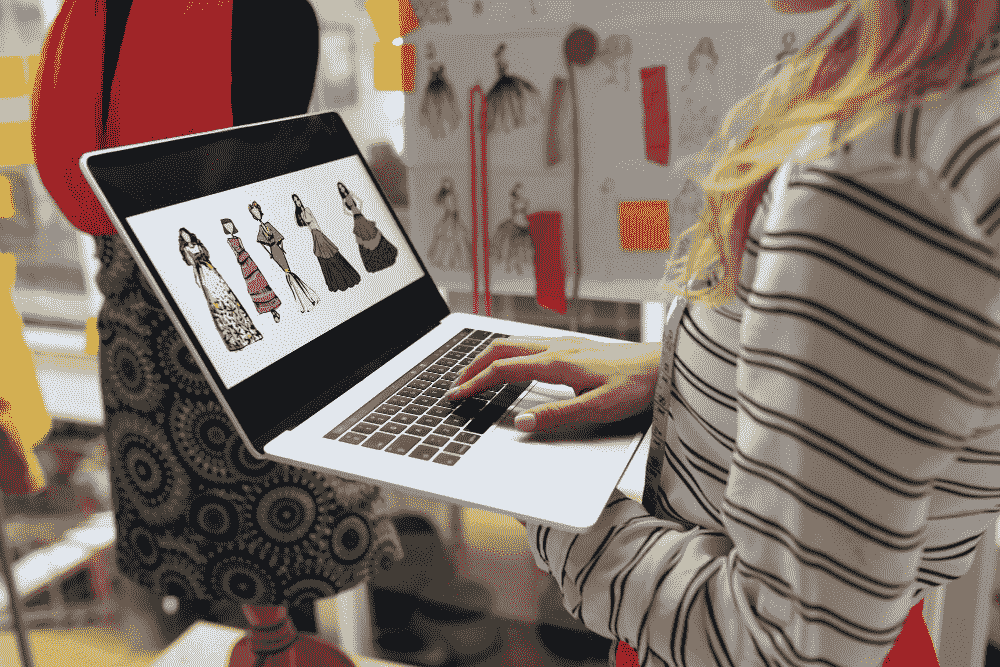Not sure about Shopify Print on Demand services? Here is a guide that explains it all for you.
Unlocking the Power of Shopify Print on Demand Business
Ready to launch your own Shopify print-on-demand business but feeling daunted by the setup and driving sales? This guide breaks down the process of getting started on Shopify. We will guide you through several processes including choosing the right platform and building your store to implementing profitable marketing strategies with the help of a Shopify development agency.
We will help you discover practical steps for automating your workflows to streamline operations and keep things efficient. With the growing demand for personalized products, there’s no better time to dive into the world of on-demand printing.
Shopify’s print-on-demand (POD) model offers entrepreneurs a flexible, low-risk way to sell custom merchandise online. This lowers their burden of managing inventory that is of course a lot for entrepreneurs to manage.
By integrating Shopify with popular print suppliers, store owners can upload their designs and have products created only when a customer places an order. This on-demand approach eliminates the need for upfront investment in stock. And this of course saves a huge chunk of money and help store owners to focus on growing their brand and customer base.
Overview of Shopify Print on Demand
Shopify’s ecommerce platform combined with print-on-demand (POD) creates a powerful business model for entrepreneurs. With POD, items like t-shirts, mugs, and phone cases are produced only after a customer places an order. This streamlined approach thus removes the need for inventory management or upfront bulk purchases.
Shopify simplifies the process of launching an online store and seamlessly integrates with POD suppliers to automate fulfillment. This allows store owners to focus on what matters most. Therefore, designing, marketing, and customer engagement gets on the forefront.
As customized merchandise continues to rise in popularity, Shopify’s user-friendly templates and extensive app ecosystem make it easy to upload designs. This also helps to manage orders and track sales. With POD, you can offer unique, personalized products on demand. Such an approach helps store owners to tap into a growing market with minimal hassle.
Choosing a Print on Demand Company: Points to Consider
Main print on demand platform options
When setting up a Shopify print-on-demand (POD) store, selecting the right POD platform is a crucial decision that can significantly impact your success. Several popular options integrate seamlessly with Shopify, allowing for automated order routing and fulfillment. Among the top choices are Printful, Printify, Monster Digital, and CustomCat, each offering a variety of products such as t-shirts, hoodies, mugs, and phone cases.
Printify
Known for its vast product selection and competitive pricing, Printify allows store owners to access a broad range of customizable products with lower base prices.
Printful
With no monthly fees and a reputation for quality, Printful offers extensive product customization, including embroidery and all-over printing.
Monster Digital
Specializing in phone cases and custom jewelry, Monster Digital is ideal for merchants targeting niche markets. It offers high-quality printing and unique options.
CustomCat
Focused on high-quality apparel printing, CustomCat is a go-to for merchants looking to sell premium clothing items with an emphasis on durability and print precision.
Platform product quality and reliability
When selecting a print-on-demand (POD) platform for your Shopify store, it’s essential to consider key factors such as print quality, materials, sizing accuracy, and color reproduction. These options can vary widely across different platforms.
Printful and Monster Digital consistently score high for graphic quality. And therefore they are particularly good for t-shirts and phone cases. Their prints are sharp, with accurate color reproduction that ensures your designs look professional.
CustomCat stands out for its use of soft, premium shirts, making it a great option if you want to offer high-quality apparel to your customers while Printify offers a decent quality overall, but customer reviews suggest that sizing inconsistencies and varying print quality can be an issue.
When it comes to order accuracy and on-time fulfillment, Printful and CustomCat have strong reputations for reliable delivery and order accuracy, ensuring a smooth customer experience.
Monster Digital is also reliable, particularly for phone case orders, with minimal issues reported. Printify, however, receives more complaints from merchants regarding order mistakes and fulfillment delays.
The best way to assess which POD platform is right for your store is to test multiple services firsthand. Ordering samples of your designs from each platform allows you to evaluate print quality, sizing, materials, and delivery accuracy.
Setting Up Your Shopify Store
Selecting Store theme, template etc.
Choosing an aesthetically appealing theme that also supports the key functionality of a print-on-demand (POD) store is essential. This becomes extremely important when you need to launch a Shopify site. The right theme will showcase your merchandise beautifully along with enabling smooth integration with POD workflows.
There are certain options available that includes Dawn, which is known for its clean, minimalist design. Studio, on the other hand, offers more visual flair, making it a great option for artists or merchants with curated product collections. Studio places a special emphasis on creative presentations.
Impulse is highly flexible and stylish. It features plenty of space to highlight new product arrivals and promotions. It’s a versatile choice for sellers looking to showcase their latest items
Customizing the design and branding
Once you’ve activated your Shopify theme, the platform’s user-friendly Content Management System (CMS) allows you to easily tweak and style your site’s design. You can refine your visual branding by adding your store’s logo, selecting custom colors, adjusting fonts, and uploading images that align with your brand’s aesthetic. These all tasks are easy to perform without the need of any technical expertise.
For merchants who want even more control, Shopify’s Liquid template language enables deeper, code-level modifications for a highly personalized user interface. However, many themes offer a range of layout and styling. these options are good as they can be configured directly from the CMS.
Shopify also provides settings to support international transactions. There are options available for automatically displaying prices converted into local currencies based on the shopper’s location.
Selecting Print on Demand Products
Choose Best Selling Products
When launching a Shopify print-on-demand (POD) store, starting with proven best-sellers such as t-shirts, hoodies, phone cases, and mugs is a smart strategy. These evergreen products remain in high demand, particularly for custom apparel and mobile accessories. Such products make an ideal product category and increases sales opportunities. When selecting products to sell, key evaluation criteria should include production costs, customization options, average order values, and shipping fees.
Getting into Niche Merchandise
While having a broad range of products is essential, identifying a niche is important as well. Selecting a niche can significantly enhance your Shopify print-on-demand (POD) store’s appeal. By targeting dedicated fans eager for custom gear, you can create personalized merchandise that resonates deeply with your audience.
Consider concepts like birthday-themed shirts, mugs featuring beloved pets, or Mother’s Day gifts that celebrate unique relationships. These personalized items are perfect for niche holidays and special activities, tapping into emotions and making them highly desirable.
Expanding Product Catalogue
Beginning your Shopify print-on-demand store with a select few proven products is a smart approach. This lean strategy allows you to gauge demand effectively while minimizing initial investment. Once you understand what resonates with your audience, you can expand your offerings to keep customers engaged and coming back for more.
Consider adding items like hats, leggings, blankets, and tote bags to your product line. These options not only diversify your catalog but also appeal to different customer needs and preferences. Expanding your range helps create a more comprehensive shopping experience, encouraging customers to explore additional products.
Optimizing the Shopify Store
Improving website conversion performance
Creating an aesthetically pleasing storefront is just the beginning. Your chosen services from Shopify development agency will also need to assist for optimizing the customer experience. An optimized experience is paramount for maximizing conversions. A seamless and enjoyable shopping journey encourages visitors to complete their purchases and return for future transactions.
Start by utilizing tools like Google PageSpeed Insights to identify speed bottlenecks on your site. This can help you implement essential fixes such as image compression, minimizing code, and choosing efficient hosting solutions. A faster-loading site not only improves user satisfaction but also contributes to better search engine rankings.
In addition, heatmap tools can highlight distracting elements that may hinder the checkout process. By pinpointing where users lose focus or abandon their carts, you can make targeted adjustments to streamline the experience. Conducting low-cost A/B tests is another effective strategy for refining your customer journey.
Advanced SEO tactics and marketing tools
Your online venture and products will only become successful when customers can identify it. This identification will need hiring for SEO services along with Shopify Maintenance Services. SEO services will help customers to identify your product easily over the internet.
Optimizing site metadata, schema markup, and keywords helps your store rank higher in buyer searches on Google and social platforms. Building trust through genuine product reviews enhances credibility, while direct outreach to niche enthusiasts boosts brand awareness and drives traffic.
Analyzing Performance and Growth
Creating visual data reports and dashboards
Consolidating key metrics into insightful reports streamlines the process of sharing valuable insights across your business. Tools like Google Data Studio connect seamlessly with platforms like Shopify and Printful. This enables the creation of dynamic, consolidated dashboards.
Additionally, cross-functional visibility is crucial for guiding informed decision-making. Marketing teams can align campaign efforts with sales lifts, while customer service teams monitor spikes in order inquiries to adjust resources as needed. Content teams can screen performance by platform, determining which channels deliver the best results.
Keeping a Check on Performance Against Competitors
Market research offers invaluable competitive context. This helps and ensure your store’s progress more effectively. Tools like SimilarWeb and Alexa can estimate your site’s traffic and rank your domain’s authority relative to competitors. Additionally, analyzing the size and engagement rates of social followings at similar brands can reveal how well their content resonates with audiences.
Monitoring competitors’ product assortments and pricing can also provide insights into potential areas for expansion. Understanding what they offer and at what price can help you identify gaps in the market or opportunities to differentiate your own store. This form of benchmarking helps quantify measurable objectives across key areas like marketing, merchandising, and operations.
In Conclusion
Ensuring services from a company that could truly operate as an experienced Shopify development agency will help to provide exceptional output. It is wise to choose assistance that can also promise Shopify maintenance services. This will ensure long term success and growth to the company and your Shopify initiative.

